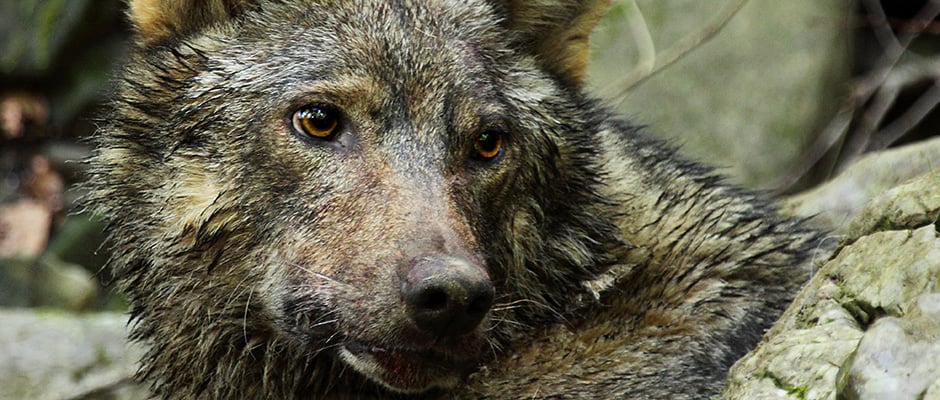Share this article
Large Carnivores Make a Voracious Comeback in Europe
The recovery of lynx, brown bears, and grey wolves in a continent that has seen hundreds of years of development is showing that humans may not have to keep out of the path of predators and their prey.
“What we find is very good news. Carnivores are doing well in an unexpected place — Europe,” said Guillaume Chapron, an associate professor at the Swedish University of Agricultural Sciences and the lead author of a study released today in the journal Science. “We have twice as many (grey) wolves in Europe than in the 48 lower U.S. states.”
Chapron’s study was the result of an “exhaustive and comprehensive” study that gathered “the most up-to-date numbers” from 26 European countries and 76 authors about the distribution and range of grey wolves, brown bears, wolverines, and the Eurasian lynx. Chapron said the study was also one of the first ones to use data from nations like Bosnia, Macedonia, and other places and made use of a wide variety of techniques such as snow-tracking, camera traps, and genetic micro-captures.
The study found that the numbers of carnivores have either remained steady or greatly increased in European countries. In some cases the animals have recovered robust populations that were extinct at some point between 1950 and 1970. For example, the Eurasian lynx has recovered in countries like France, Switzerland, and other places from extinction to numbers sometimes reaching the dozens. Similarly, brown bears — little smaller in Europe than North American grizzlies — and grey wolves also face recovery from extinction or near extinction in a number of countries and huge increases in populations in others. Wolverines have increased to the order of three to five times their populations around 45 to 65 years ago in the monitored countries of Sweden, Norway, and Finland.
The results of the study show that the way humans and predators share land in the European Union, which doesn’t employ the North American system of parceling off land into national parks or wildlife refuges and urban or agricultural domains, has contributed to the successful recovery. “We don’t have this concept of wilderness where the wild beasts are supposed to be out there in the mountains,” Chapron said, adding that the most abundant populations aren’t always in remote wilderness areas, as brown bears are doing well in some more populous parts of Sweden and grey wolves are doing better in some of the farmlands of Spain.
But Chapron cautioned that there are still a number of problems in Europe between human and predator interaction. “Coexistence isn’t a peace and love story,” he said. Brown bears aren’t doing well in the Pyrenees, wolves are faring badly in the Sierra Morena region of Spain and the lynx sits on the edge of extinction in the Balkans. While the coexistence model has helped improve the overall situation, according to Chapron, on a smaller scale there is no silver bullet that will lead to easy recovery of species and conservation. “Things have to be adapted to the local context,” he said. Things that have led to increased predator tolerance include trophy hunting programs and electric fences to stop livestock predation.
According to Chapron, states in the U.S. could make use of these models. “For North America there are questions about what will happen when the wolf comes back in California,” he said. But, through land-sharing programs, predators could make a comeback in some areas.
“If people wanted they could have a lot of wolves.”
Header Image:
European grey wolf from Slovenia
Copyright: Miha Krofel, Slovenia









